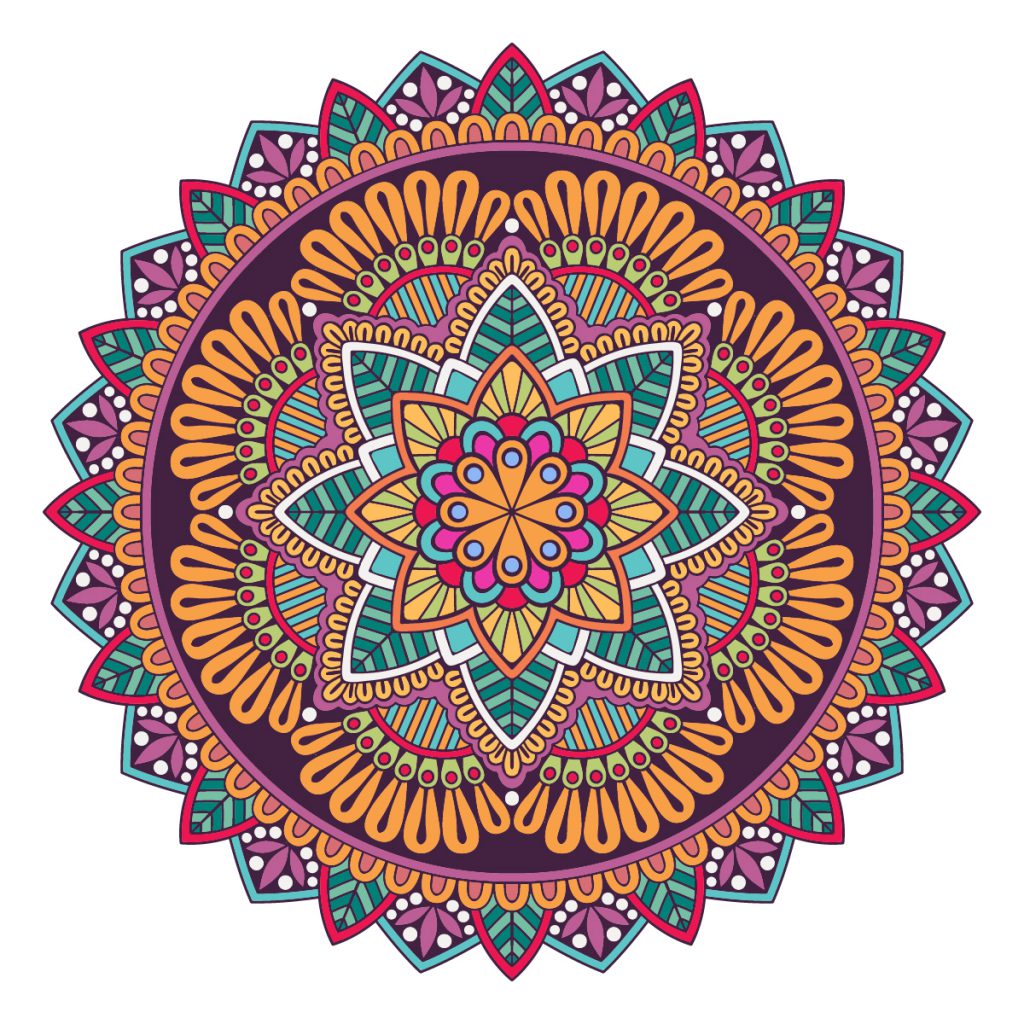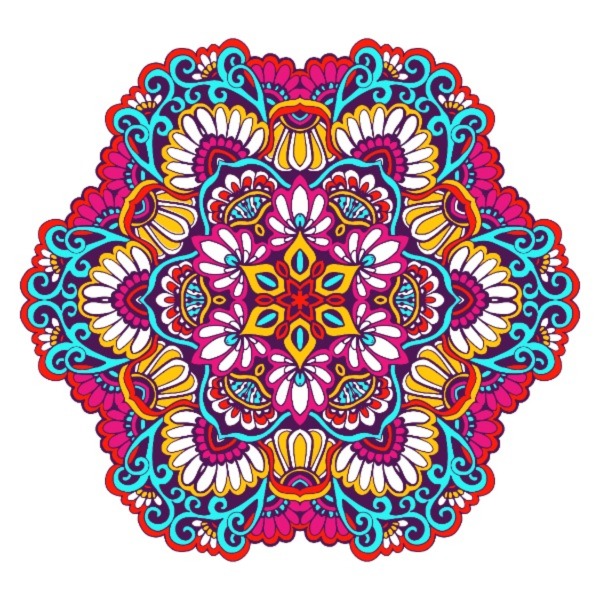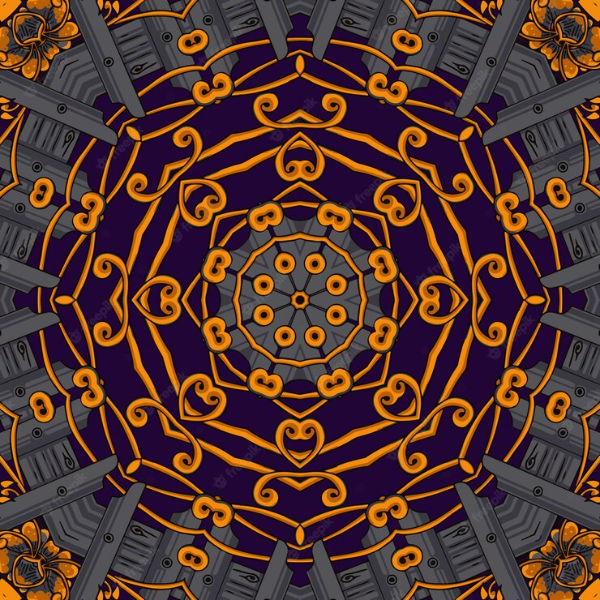What is Mandala?

A mandala is a great art comprised of geometric patterns and symbols. The word Mandala came from Sanskrit mean circle or center. The word mandalas specific meanings in spiritual practices and it represent one’s own spiritual journey from the outside and inward. Mandalas are seen through in many religions such as Hinduism, Buddhism, and Christianity.
In a new age spiritualism it take particular type spiritual as important from old spirituality which emerged in 1970s and it is based on Buddhism, Taoism and psychology. They believed the study and creation of mandala will help to spiritual healing. In New Age spiritualism, the concept of spiritual healing takes energy from an entity, presumably a mandala, and sources it into the person in need of healing. They believe the color and shape of mandala will grasp the energy
How The Mandala Look Like?

Traditionally mandalas are created as a circular represent where the colors, patterns, and shapes are repeated in the layers emanating from the center of the circle . Mandalas can be created in square shape but the important thing is the shape were connected symbolically the mandala image were meant to represent the cosmos, portraying and connected everything and life is a infinity potential.In their most basic form, mandalas are circles contained within a square and arranged into the sections that are all organized around a single, central point. They’re produced by paper or cloth, drawn on a surface with threads, fashioned in bronze, or built in stone.
What Mandalas Are Used For?
Mandalas are primarily used for meditation practices, and also the artwork pieces were in churches, temples, or shrines. The repetitive patterns were used to mental space relaxation. And the visual imaginary were connects the viewer to the cosmos as well as to themselves . even though the personal art craft meaning and uses were understood by the people. It Help to Increasing ones Self-Esteem and Helps in Developing the Coordination and Psychomotor Skills while draw the mandala art or seeing it by this will get some relaxation.
Root of Mandala Art
In India the mandala was first appeared during first century BC, presenting itself through Buddhist art. Next to the couple of century the missionaries were travel to Kashmir, the Hindu region, Pakistan, Afghanistan ect.to spread Buddhist religion to other society. Buddhism and mandalas reached China in first century and Korea in the fourth century CE. In the sixth and seventh centuries CE Buddhism reached important place in Japan, Indonesia, and Tibet. While mandalas have a wide history in South Asia, they also have an interesting past in the Mesoamerica region as well as an influence in the Modern Era. These three moments are outlined in more detail below.
Mandalas in South Asia
The mandala had evidence that it was appeared in India in 100 BC, and India is the largest country in the south Asia. Visual and art were connected with Buddhist religion then the monk of Buddhist were went to china, Tibet and Japan to pass a message about Buddhist and also teaching the craft works . Mandala art were spread in to different regions and religion in South Asia .The tutor monk were create and represent their temple in 20 and 21st centuries, and the mandala play a important role in the Buddhist and Hindu religions in south Asia.
Mandalas in Mesoamerica

The civilizations of the Mesoamerica include the Maya and Aztecs who historically employed the artistic to practices of mandala making as well. The Mayan calendar and the Aztec Sun Stone are designed in ways that resemble mandalas. The use of repetitive patterns and shapes that emanate from the center of the circle appear in other artistic artifacts from the civilizations of the Mesoamerican region, like vases and sculptures. The emblem of connection of humans to the larger cosmos is also applied within the mandalas seen in the Maya and Aztec civilizations.
Mandala Art in Modern Era
Swiss psychoanalyst Carl Jung explored mandalas in 20th century in his personal life and in his practice. In India he discover the use of mandalas in 1938. After reflection, its use could help uncover what he called the collective unconscious, which has similarities to the goals of the mandala meditation in Asia. Jung’s collective unconscious believes that there are certain cosmos in all human experience, like the mother-child relationship, and the center of this unconscious is the self. Much like the shapes of mandalas, the collective unconscious works in patterns around a centralized core, and examination of attempts to discover a transcendental wisdom.